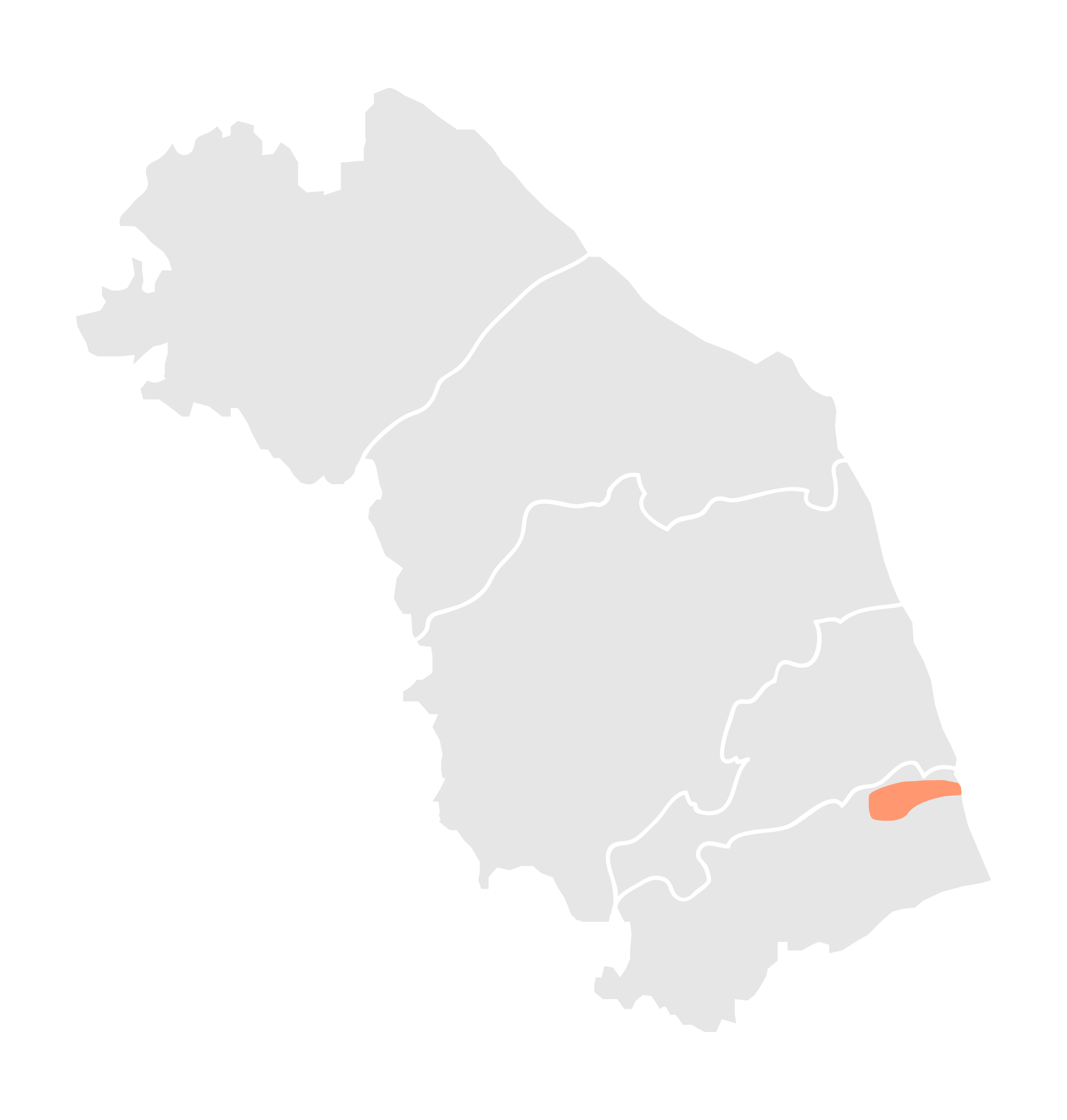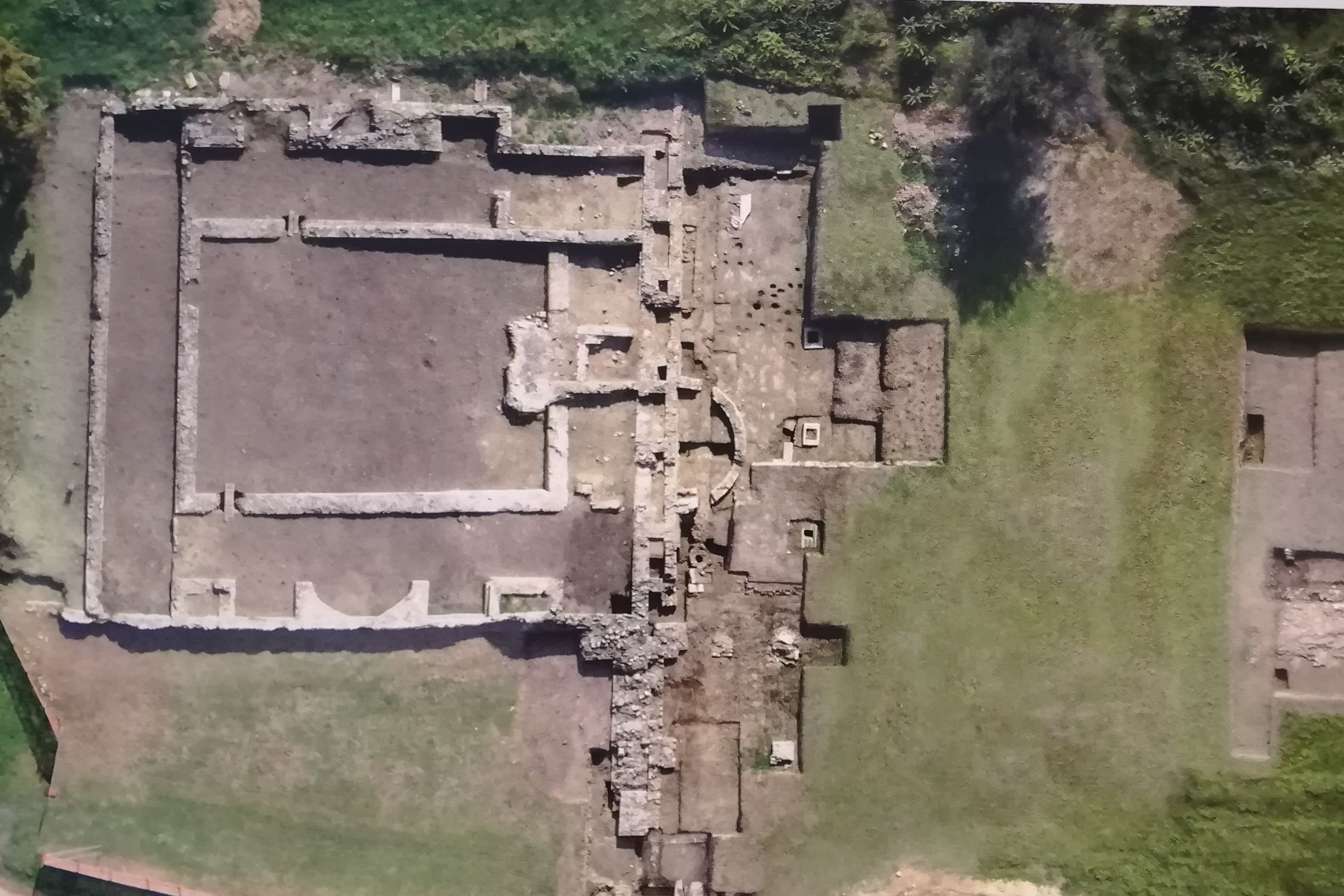
The territory of the ancient city of Cupra Marittima extended along the Salaria Picena between the centers of Castrum Firmanorum to the north and Castrum Truentinum to the south. Archaeological finds show that the site was densely populated as of the 7th century BC, the age of the temple to the goddess Cupra, a divinity that played a key role in Picene religion. During this time, Cupra with its sanctuary must have been the fulcrum of a stretch of coast at the center of many trades, with strong ties to both the southern Adriatic area and the Near East and the Etruria Padana. Following the Picene defeat by Rome, in the 3rd century BC, the territory of Cupra Maritima was annexed to the ager publicus and in 49 BC became a township. The first excavations, made at the end of 1700, located the remains of the forum of the ancient Roman city in "La Civita", now the site of the archaeological park. The area is characterized by the presence of numerous structures on a long plateau, dating from the late Republican period to the early Middle Ages, when the area was gradually abandoned. The most important structure of the park is surely the great temple in the center of the west side of the plateau, of which only the podium with access stairs flanked by two arches remains. On the opposite side of the forum area, there is another large structure used in late Antiquity as a Christian basilica. The entire plain was originally delimited by a wall with an entrance along the north side. In the central area there are the remains of a portico, an altar and paving slabs. Recent excavations in the eastern part of the Park have brought to light a frescoed environment originally paved in opus sectile, on the front of which are the remains of a pavement in opus spicatum and walls that are probably related to the entrance of the forum area on this side. At the foot of the forum, in the northern area, the necropolis of the Imperial Era developed, as seen by the remains of a funeral monument, and where Capuchin tombs, as well as ditch and urn tombs were found. Beginning in late antiquity, the burials began to approach the area of the forum, and in the Middle Ages moved near the basilica. Just to the north of the Imperial Age necropolis, outside the archaeological park, are visible the remains of a large partially preserved building, known as "Mura Mignini". In the same area, bibliographic sources note the presence of a dock with stone moorings, structures linked to an ancient port-canal. Cupra Marittima, which flourished both during the first Imperial Age and during late ancient times, suffered a fate similar to that of nearby Firmum following the Lombard invasions, with a sharp demographic decline and a shrinking of the inhabited area. Probably as of the 9th century AD, there was the phenomenon of encastellation and the population, for defensive reasons, moved to higher ground where the small village of Marano still stands today, a wonderful example of a Medieval settlement.
We have found no place to eat in the vicinity
We have found no place to sleep in the vicinity
Da Pesaro a San Benedetto del Tronto, lungo la costa Adriatica, alla scoperta dei principali porti e approdi frequentati dall’età del bronzo a oggi. Alla foce di fiumi e torrenti, entro piccole baie, promontori e grandi insenature, si svilupparono nell’antichità porti, porti canale, empori o semplici approdi. Questi scali furono il fulcro di una fitta rete di commerci marittimi che hanno dato vita a un intenso dialogo tra oriente e occidente, testimoniato dai ritrovamenti di reperti provenienti da tutto il bacino del Mediterraneo.
Narra la legenda che l’antico popolo dei Piceni arrivò dalla Sabina (regione montuosa tra Lazio, Umbria e Abruzzo) e si stabilì nel territorio ascolano seguendo il volo di un picchio, uccello sacro a Marte. Qui fondarono la loro capitale, l’odierna Ascoli Piceno, e occuparono tutto il territorio delle vallate del Tronto e del Tesino e, sulla costa, fondarono un grande santuario, dedicato alla dea picena Cupra. Questo itinerario vi condurrà in alcuni dei borghi più belli d’Italia, la cui storia affonda le radici negli antichi villaggi piceni.

|
Address | Via Adriatica Nord Cupra Marittima |

|
Phone Number | (+39) 0735776731 dal lun. al ven., ore 9:00 - 13:0 |

|
Opening Time | Su prenotazione |

|
Visit Time | 1 h |

|
Entrance Fee | Gratuito |

|
Reservation Required | si |

|
Bookshop | no |

|
Free Guided Tour | no |

|
Guided Tour | si, su prenotazione |

|
Parking | si |

|
Disabled Accessibility | si |

|
Audioguide | no |

|
Didactic Rooms | si |

|
Conference room | si |

|
English language | si |

|
Public Transport | no |

|
Family Services | si |

